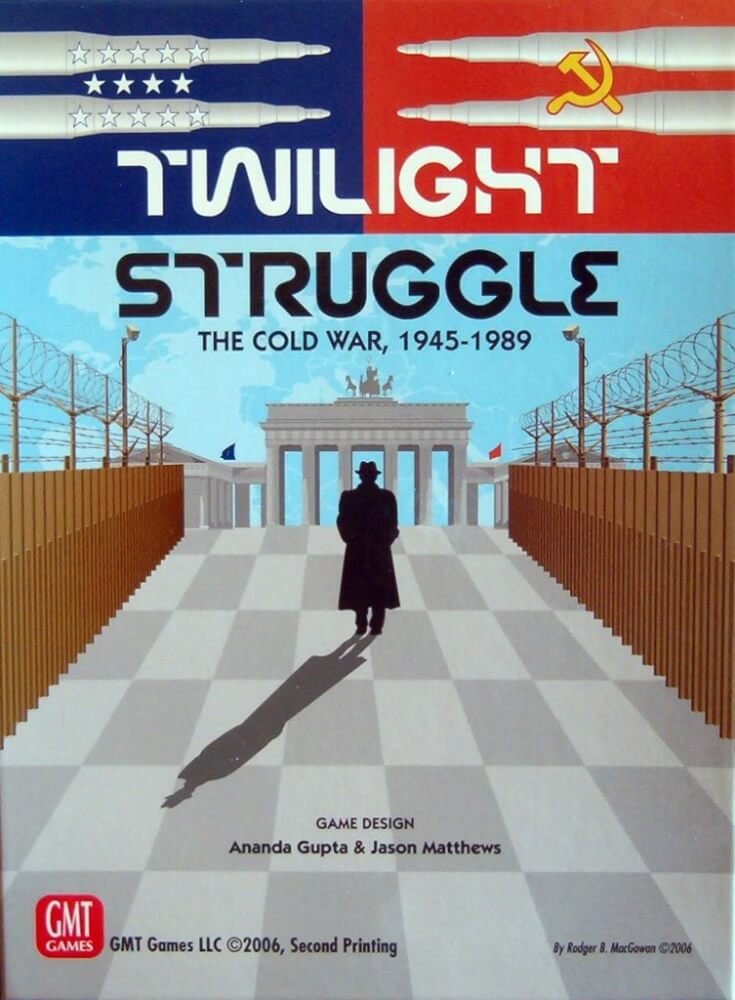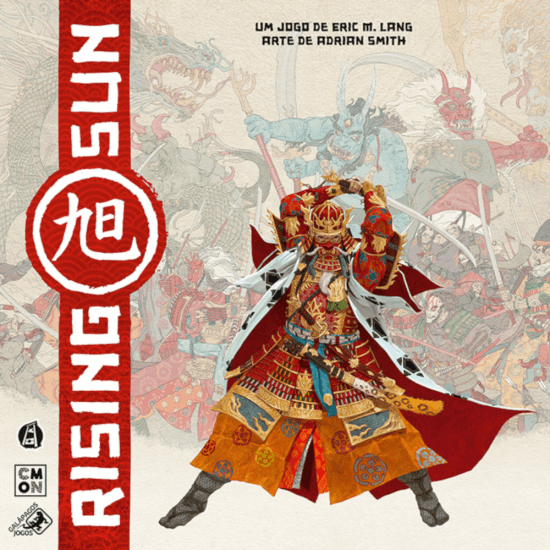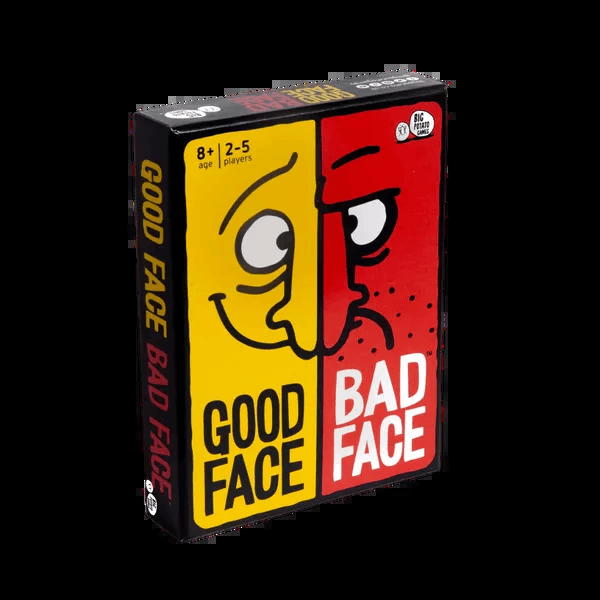
Twilight Struggle
In Twilight Struggle, players are transported to the Cold War scenario, a period full of tension, strategy and intrigue. The game is a battle of two, where the Soviet Union and the United States compete for global influence on a board that represents the world between 1945 and 1989. Each player takes on the role of a superpower, struggling to expand its influence in various regions and secure the support of key allies. In the course of the game, players use cards that symbolize key historical moments and events, from armed conflicts to social movements that shaped the era. These cards not only guide actions, but also introduce twists that can change the course of the game, reflecting the complexity and unpredictability of international politics. Players must balance their diplomacy with the possibility of military conflict, while strategizing to gain prestige and avoid an escalation that leads to nuclear war. The game stands out for its tactical combat system and the need to plan for the long term, resulting in impactful decisions that can reverberate for several rounds. The battles are fought not only in the military field, but also in the space race and the various crises that have marked the era. Twilight Struggle offers an intense and immersive experience, perfect for those who appreciate history and strategy in one package. Complexity: 3.60 / 5 (BGG 12/04/2023)Artists: Viktor Csete; Rodger B. MacGowan
Designers: Ananda Gupta; Jason Matthews
Date: 2005
Note: 8.8
Mechanics: Action / Event, Tug-of-War, Campaign / Card battles, Events, Advantage Sheet, End by Sudden Death, Hand Management, Influence / Majority in the Area, Data Scrolling, Simultaneous Action Selection, Simulation
Table of Contents
- How to Play
- Tips for playing
- Game mechanics
- Game components
- Additional Information
OBJECTIVE OF THE GAME
Tips for playing
Here are some tips for doing better in the game Twilight Struggle:
- Know the card events well, as they can drastically change the dynamics of the game.
- Prioritize influencing regions with higher scores, especially Europe and Asia.
- Use score cards to put the pressure on and force your opponent to spend resources.
- Balance your moves between expansion and containment to prevent the opponent from dominating critical areas.
- Be strategic when using DEFCON, forcing the situation to your advantage.
- Manage your Operation cards well to maximize influence without wasting valuable resources.
- Understand the importance of controlling battle spaces; military presence can be decisive.
- Check out possible card combinations for surprise moves and drastically change the scenario.
- Avoid exhausting your powerful cards too early; keep them for decisive moments.
- Use the China card wisely, balancing critical influences and future opportunities.
Video about the game
GAME mechanics
- Simultaneous Action Selection: In each round, players simultaneously choose cards from their hands to play, considering their actions and potential events, creating a layer of strategy where anticipating the opponent's choices is crucial.
- Hand Management: Players receive a hand of cards each turn and must decide how and when to play each one, balancing between using cards for operations or triggering events, some of which can benefit the opponent.
- Campaign / Card-driven battles: Players use cards to simulate confrontations through military and political operations, each choice affecting the global board, representing the tension of the Cold War between the USA and the USSR.
- Influence / Majority in the Area: Players compete for influence in regions of the map, trying to have the majority to control countries and regions, which grants victory points and strategic advantage.
- Rolling dice: Used to solve some coup d'état events and operations, where the result of the die, modified by game factors, determines the success or failure of the actions.
- Advantage token: It represents the space race, where players can spend operation points to advance on the space marker, obtaining benefits and victory points.
- Action / Event: Each card can be used to perform actions such as placing influence or attempting blows, or to activate events, which can be player-specific or neutral.
- Events: Event cards are inspired by historical events during the Cold War and, when played, can cause lasting effects on the board or your opponent's hand of cards.
- Simulation: The game simulates the tension between the superpowers during the Cold War, with historical events and strategic decisions influencing the global balance of power.
- Tug-of-war: It represents the balance of power in the game, especially in the context of influence, where players take turns trying to overcome each other's influence in various regions.
- End by Sudden Death: There is an instant win condition if a player manages to achieve a certain level of dominance in certain areas, showing the delicate nature of the balance of power during the Cold War.
Game components
See all the items in the game below Twilight Struggle:
- Map board
- Detachable cards
- Rulebook
- Quick reference sheets
- Events charter (110 units)
- Dice (2 six-sided)
Additional Information
- Ludopedia link: https://ludopedia.com.br/jogo/twilight-struggle
- Link Tabletopia:
- Amazon Brazil link: Comprar Twilight Struggle
- Amazon USA link: Comprar Twilight Struggle


